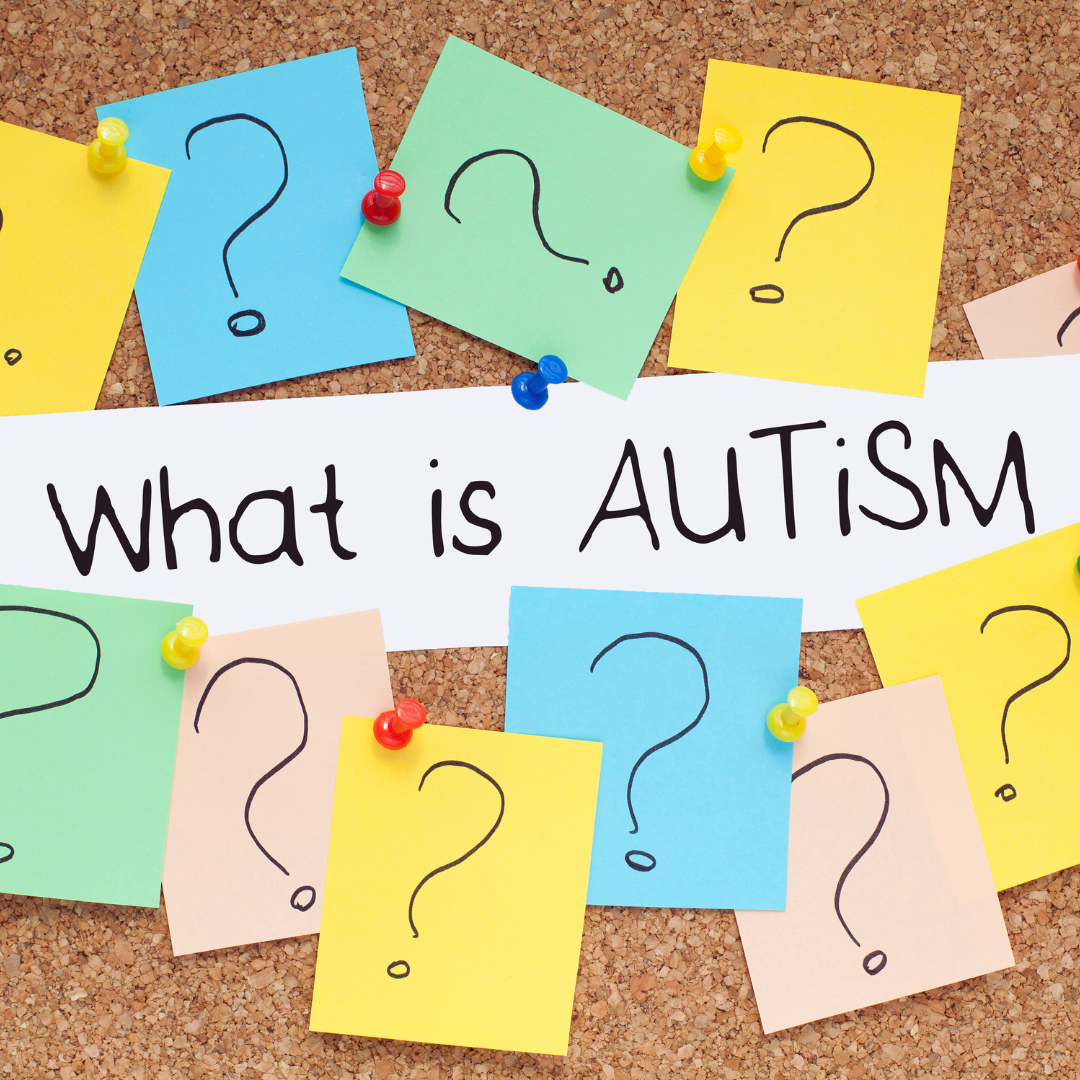Understanding Autism: A Comprehensive Guide for Parents and Teachers
Autism is a complex neurodevelopmental condition that affects individuals in various ways. Parents and teachers play a crucial role in offering support and understanding to those on the autism spectrum. This guide aims to equip readers with essential knowledge and practical strategies for effectively supporting autistic children both at home and in the classroom.
Understanding the behaviours and learning styles associated with autism can significantly enhance the experiences of those affected. By fostering empathy and patience, parents and teachers can create inclusive environments that allow autistic individuals to thrive. The journey towards effective support begins with recognising the unique strengths and challenges faced by each child.
Equipping oneself with the right tools and insights is vital for promoting positive outcomes. This guide will explore key aspects of autism, practical tips for interaction, and ways to develop strategies tailored to the needs of autistic children. An informed approach can make all the difference in helping them reach their full potential.
Understanding Autism
Autism is a complex neurodevelopmental condition characterised by differences in social interaction, communication, and behaviour. Recognition of its signs can significantly aid in early diagnosis and support for children.
Autism Spectrum Disorder Explained
Autism Spectrum Disorder (ASD) encompasses a range of conditions that affect a person’s ability to communicate and interact socially. Each individual on the spectrum displays unique strengths and challenges.
ASD is diagnosed during early childhood, with symptoms often noticed by the age of two. The diagnostic process typically involves a comprehensive evaluation, including developmental history and behavioural assessment by trained professionals. Genetics and environmental factors are believed to contribute to its development, though the exact causes remain unclear. Establishing tailored strategies can enhance learning and adaptation for those with ASD.
Signs and Symptoms in Children
Signs of autism vary widely. Common symptoms include:
- Communication Difficulties: Limited speech or difficulties in understanding language.
- Social Interaction Challenges: Difficulty in making eye contact or understanding social cues.
- Repetitive Behaviours: Engaging in specific routines or repetitive movements.
Parents and teachers should be vigilant for these signs, as early interventions can make a difference. Some children may express strong interests in particular topics, while others may exhibit sensory sensitivities. Early diagnosis enables access to necessary resources, helping children thrive in both educational and social environments.
Approaches to Support
Effective support strategies can significantly enhance the development of children with autism. Both parental involvement and educational interventions play crucial roles. Additionally, fostering social skills is essential in promoting overall well-being and integration.
Parental Support Strategies
Parents can adopt various strategies to support their child’s growth. Establishing a structured routine can provide a sense of security and predictability. Visual schedules may help children understand daily tasks, reducing anxiety.
Communication strategies are essential. Parents should focus on clear, concise language and use visual aids like pictures or symbols to enhance understanding. Active listening encourages children to express their needs, fostering a supportive environment.
Engaging in interests can strengthen the parent-child bond. Participating in activities that captivate the child not only enhances enjoyment but also builds trust. Additionally, connecting with support groups offers valuable resources and shared experiences.
Educational Interventions for Teachers
Teachers play a pivotal role in supporting children with autism within the classroom. Individualised Education Plans (IEPs) are vital. These tailored plans should set specific, measurable goals that address the child’s unique needs and strengths.
Classroom modifications can also support learning. Offering a sensory-friendly environment, such as quiet areas, can help reduce distractions. Incorporating flexible seating options allows children to choose where they feel most comfortable.
Collaboration is key. Regular communication with parents ensures that strategies remain consistent across home and school. Professional development and training for educators can enhance their understanding of autism, improving teaching approaches.
Social Skills Development
Social skills training is essential for children with autism to navigate everyday interactions. Structured programmes can teach vital skills such as initiating conversations, understanding non-verbal cues, and maintaining eye contact.
Role-playing exercises provide practical scenarios for children to practice social interactions. This hands-on approach can improve confidence and reduce anxiety in social situations.
Peer mentoring can further aid skill development. Pairing children with peers fosters friendship and provides natural opportunities for practising social skills. Fostering a supportive classroom environment encourages inclusiveness and acceptance among all students.
Planning for the Future
Future planning for individuals with autism requires careful consideration of various aspects, including transitioning to adulthood and ensuring continued support. Parents and teachers play a crucial role in fostering skills that will aid in these areas.
Transitioning to Adulthood
Transitioning to adulthood involves a range of challenges that require tailored strategies. It is crucial to develop life skills that focus on independence, such as cooking, cleaning, and budgeting. These skills can be taught through workshops or community programmes that specialise in autism support.
Social skills training is equally important during this phase. Engaging in group activities can help build confidence and improve social interactions. It’s beneficial to connect with peers in similar situations, as peer support can enhance emotional well-being.
Implementing a structured plan for vocational training is vital. It may include internships, job coaching, or partnerships with local businesses. This approach helps in preparing for career opportunities while cultivating real-world experience.
Long-Term Support Considerations
Long-term support for individuals with autism should be comprehensive and adaptable. It often involves a multidisciplinary team that includes educators, healthcare professionals, and social services. Coordination among these parties ensures that needs are met effectively.
Funding for continued therapies, such as speech, occupational, and social skills training, is crucial. Parents should explore available resources, including government assistance and non-profit organisations, to support long-term services.
Creating a personalised support plan that addresses individual goals can provide a clear path forward. Regular assessments will help in adjusting the plan as needed, ensuring that the individual thrives in their community and personal life.

